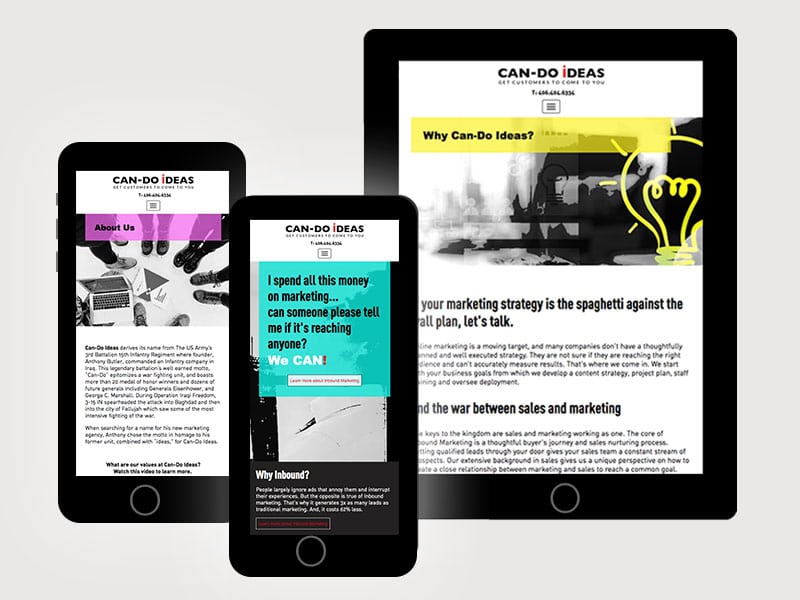
So remember what you have learned and always keep learning more because web design is something that is always changing. The problem is that many of them want to sell you software and do not give you proper information. Learn from the information located below to save you both time and a headache.
It is imperative to replace old content with new. If there is content on your page highlighting an event that is already part of past history, your readers are going to abandon you quickly. Internet users want fresh information from updated and maintained sites, and letting stale content stay up screams carelessness on your part. Put removing outdated content on your to-do list, to do every 2-4 weeks.
Minimize the use of JavaScript. For some people visiting your site, Java will cause problems instead of providing improved functionality. No two web browsers are the same, and each one offers up new versions on a regular basis. All visitors won’t have the most current version of the particular browser they’re utilizing. Not all computer users keep JavaScript running on their internet browsers. Your website may not have any functionality to offer these types of users as a result.
Each topic needs its own page. If your site has multiple topics, give each its own page. This will keep things clear and simple for readers, and also help you rank with search engines.
Use Photoshop to create attractive websites if you are a beginner. Using a program like Photoshop can help amateur web designers create professional looking sites really fast. If you don’t use Photoshop, you may find that it will take you a long time to be able to gain the knowledge needed to make a nice website.
Make sure that your user’s needs are a priority. As a web designer, you should always focus on the viewer’s needs. For example, many users are concerned about accessibility, usability, user interaction and user experience. You need to make sure you are meeting the users needs on all levels. Always look at things through the eyes or screen of the viewer.
Explore your website with different browsers and computer systems. Each individual browser will interpret your site differently, and sometimes, the user experience varies dramatically between each browser. Using available resources, determine which browsers are the most popular among your target demographic. Check your website on every one one of these browsers, and do not forget mobile web browsers that have become popular.
It is a good idea to have an “About Us” page on your site. These pages are often dull and uninteresting. You can share personal information, education history and career choices that have lead you to this point in your life. Try to give people a little look what your personal background looks like, try to show what made you get into web designing, who or what inspired it, and what you would like to achieve with your business.
You don’t have to use every inch of space when you design a website. Cluttering every pixel with design elements, will make your site confusing and hard to navigate. Allow for good spacing between elements, which will in turn, make the experience more pleasant for your visitors. There are many situations in which empty space makes a major impact.
Figure out your site’s target audience and ask them what they’re interested in with a website. This will assist with the overall design of your website in a positive way. The advice you glean from your target market will prove to be invaluable.
Open Source Software
Remember that spending gobs of money is not a necessity for designing an effective website. There are lots of costly, fancy tools for web design; however, without fail, each one has a less costly (or even free) counterpart. For instance, there is no cost open source software that can assist you in many of the sames ways as paid software. Utilizing open source software can help you save a significant amount of money.
Try thinking about the literacy level you want when writing your content. Some people may have very basic reading skills, while others may be quite advanced. To reach the widest possible audience, your content must be suitable for people at a wide variety of levels.
You should have people beta testing your website as you build it. Each time you change your website or add something, have a friend visit your site and try it out. Perhaps you think the loading speed of a video is fine, or that the colors are harmonious, but someone else might tell you otherwise. Ensure you get the opinions of many people to better your site.
As you begin learning more and more about web design, you’ll begin to see how the various pieces of the puzzle all come together. These tips were the pieces. Use the information given so that you can effectively design your website.